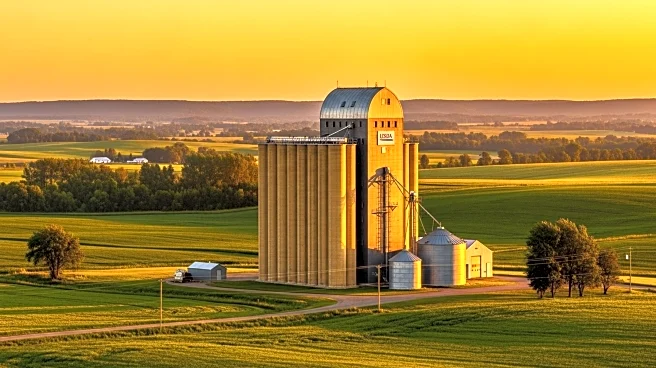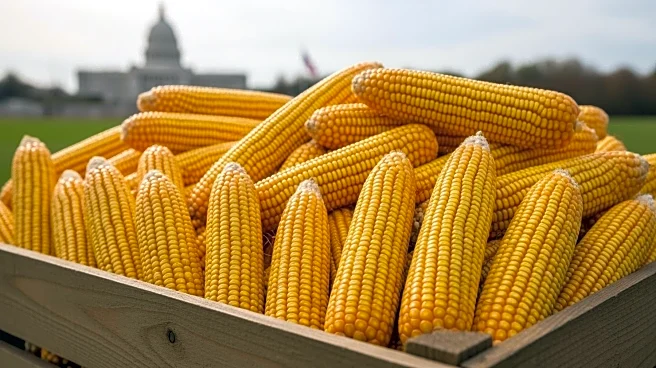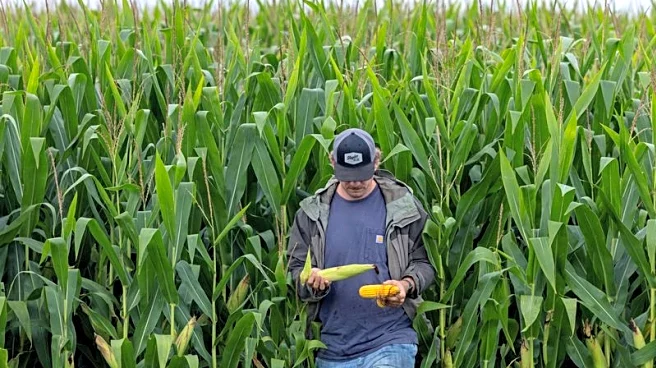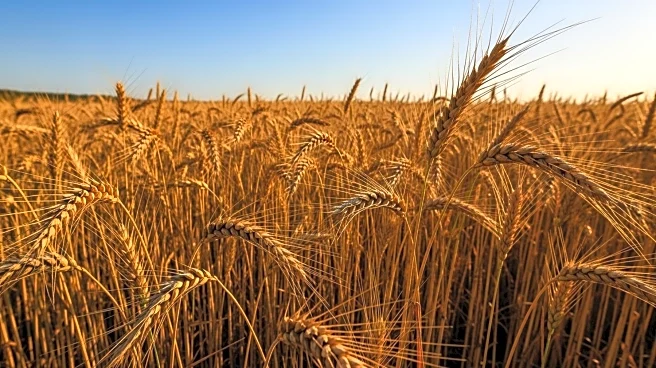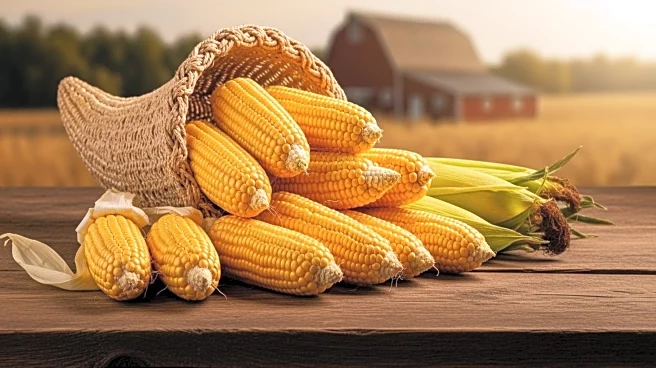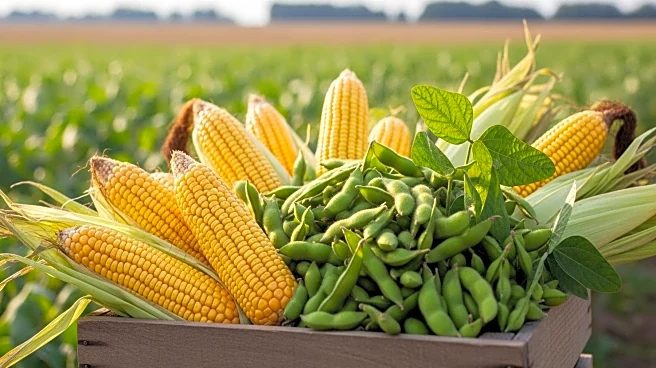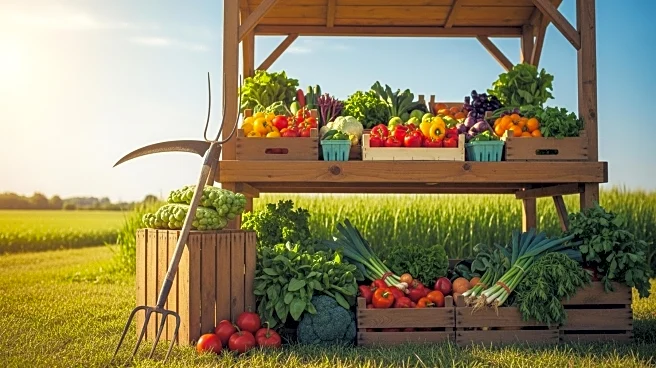What is the story about?
What's Happening?
The U.S. Department of Agriculture's (USDA) Farm Storage Facility Loan Program (FSFL), managed by the Farm Service Agency (FSA), is marking its 25th anniversary. Since its inception in May 2000, the program has provided affordable financing options to farmers and ranchers for on-farm storage and handling solutions. This initiative has been instrumental in helping agricultural producers reduce post-harvest losses, enhance product quality, and increase profitability. A notable example is Milton Arnett, a farmer from Green County, Kentucky, who expanded his family-run Double R Farms using FSFL funds. The program enabled him to build a hoop-style hay storage barn, purchase handling equipment, and add a grain bin, significantly improving the quality and marketability of his hay. The FSFL program has evolved over the years to accommodate a wide range of farm operations, offering loans for various storage facilities and equipment.
Why It's Important?
The FSFL program plays a crucial role in supporting the agricultural sector by providing necessary infrastructure financing, particularly benefiting small and mid-sized farms, beginning farmers, and new ranchers. By offering flexible loan terms and covering a broad spectrum of commodities, the program helps farmers maintain product quality and remain competitive in the market. This support is vital for the sustainability and resilience of U.S. agriculture, ensuring that farmers can protect their harvests and reduce waste. The program's success stories, like that of Milton Arnett, highlight its impact on improving farm operations and profitability, contributing to the overall strength of the agricultural industry.
What's Next?
Farmers interested in the FSFL program can apply through their local FSA county office, which maintains their farm records. The program continues to adapt to the changing needs of modern agriculture, with recent expansions in eligible commodities and facilities. As the program evolves, it is expected to further support the agricultural community by providing resources and guidance to new and existing farmers, helping them navigate the application process and access the necessary infrastructure to enhance their operations.
AI Generated Content
Do you find this article useful?
